There are many types of sensors, pressure sensors have many different principles or processes. In different application environments, sensors contact different media, the choice of sensor is also very important, pressure sensors as a contact sensor, of course, is also the case.
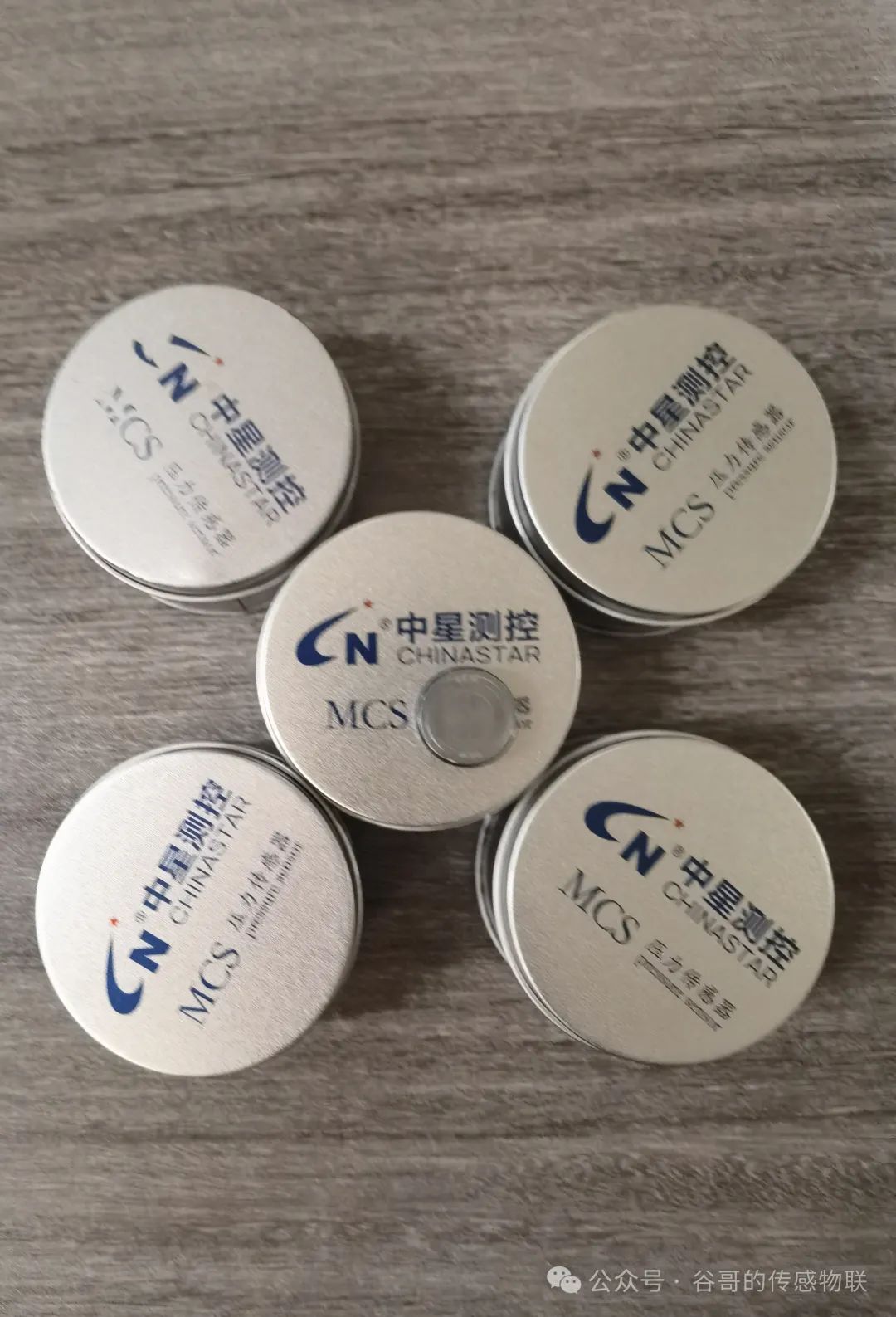
Hydrogen energy, as an important member of the new energy, has different academic views, but the development of hope is still very big. Hydrogen has two forms, one is gas and the other is liquid. There are various problems in production, transportation, storage and use, but the momentum of development is unstoppable, and technicians from different industries and professions are overcoming technical problems in different industries to make efforts for the wide application of hydrogen energy.
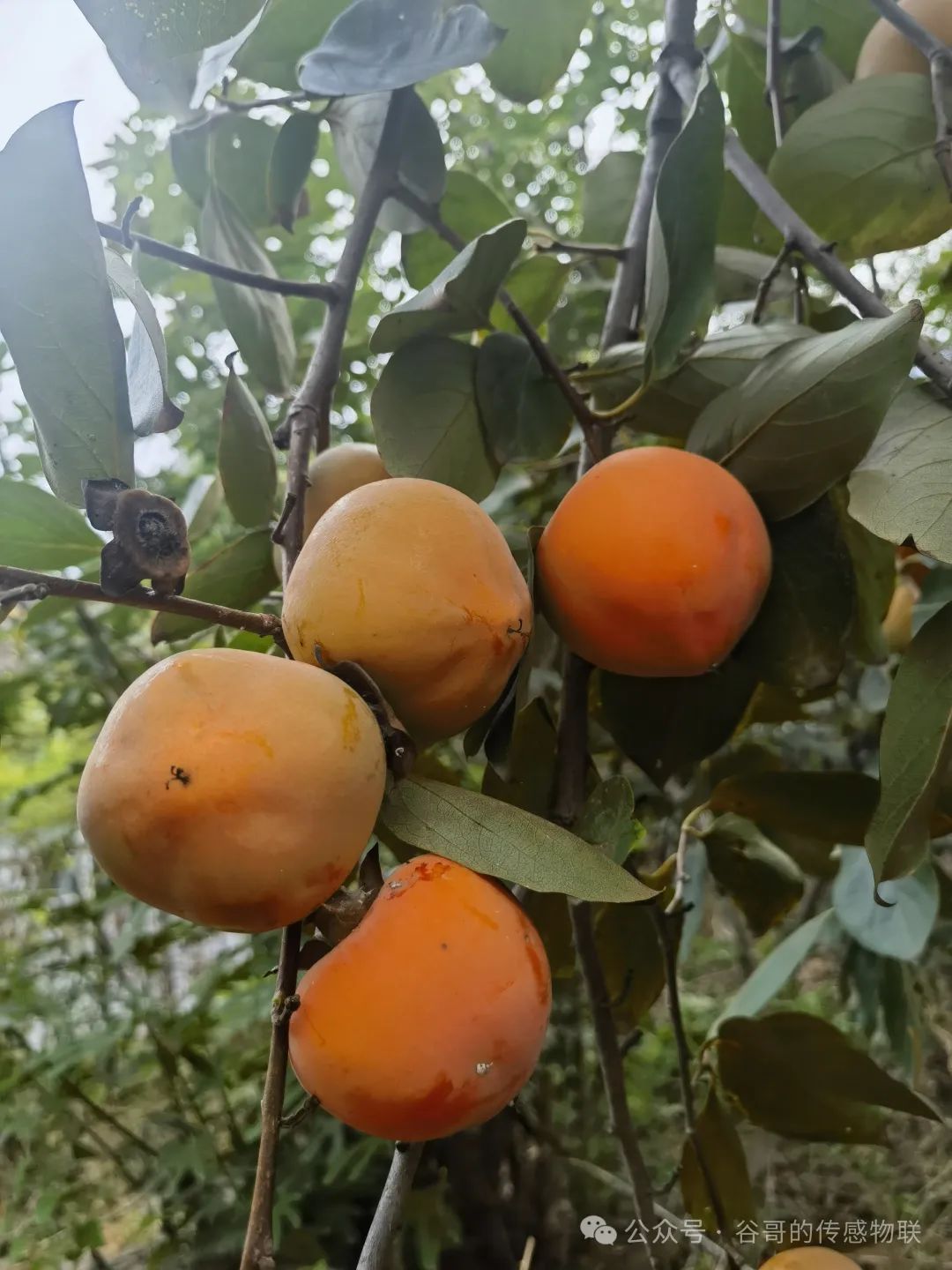
The pressure sensor needs to measure the pressure of hydrogen, whether it is in liquid or gas form, there is an important challenge: how to prevent the "hydrogen embrittlement" phenomenon. No matter what principle the pressure sensor is based on, contact with hydrogen must inevitably overcome this issue.
Most MEMS pressure sensor manufacturers use 316 stainless steel diaphragms and also plate a layer of gold on the interface, which is said to prevent "hydrogen embrittlement." But it is unknown how effective it is. This method also imitates foreign counterparts.
But there are also experts who say that if the thickness of 316L is relatively large, it can be effective in preventing the "hydrogen embrittlement" phenomenon without gold plating. But I wonder how many millimeters thick the 316L diaphragm needs to be to effectively prevent "hydrogen embrittlement"? As an isolation membrane for MEMS pressure-filled oil cores, even for large ranges, its thickness is only 0.1 millimeters. I wonder if any experts can answer this question? Gu is looking forward to it.

Some pressure sensor manufacturers abroad believe that special stainless steel 316 LVV can prevent the "hydrogen embrittlement" phenomenon. However, after consulting with Gu, it appears that only a few stainless steel manufacturers in China can produce it, but they require high order quantities each time. I wonder if any experts or friends know where it is possible to purchase small amounts of this 316 LVV material, as this material has strict process requirements from smelting to rolling.
Some experts believe that Hastelloy can completely prevent hydrogen embrittlement, but more experts are not convinced. Let's look at our conversation.
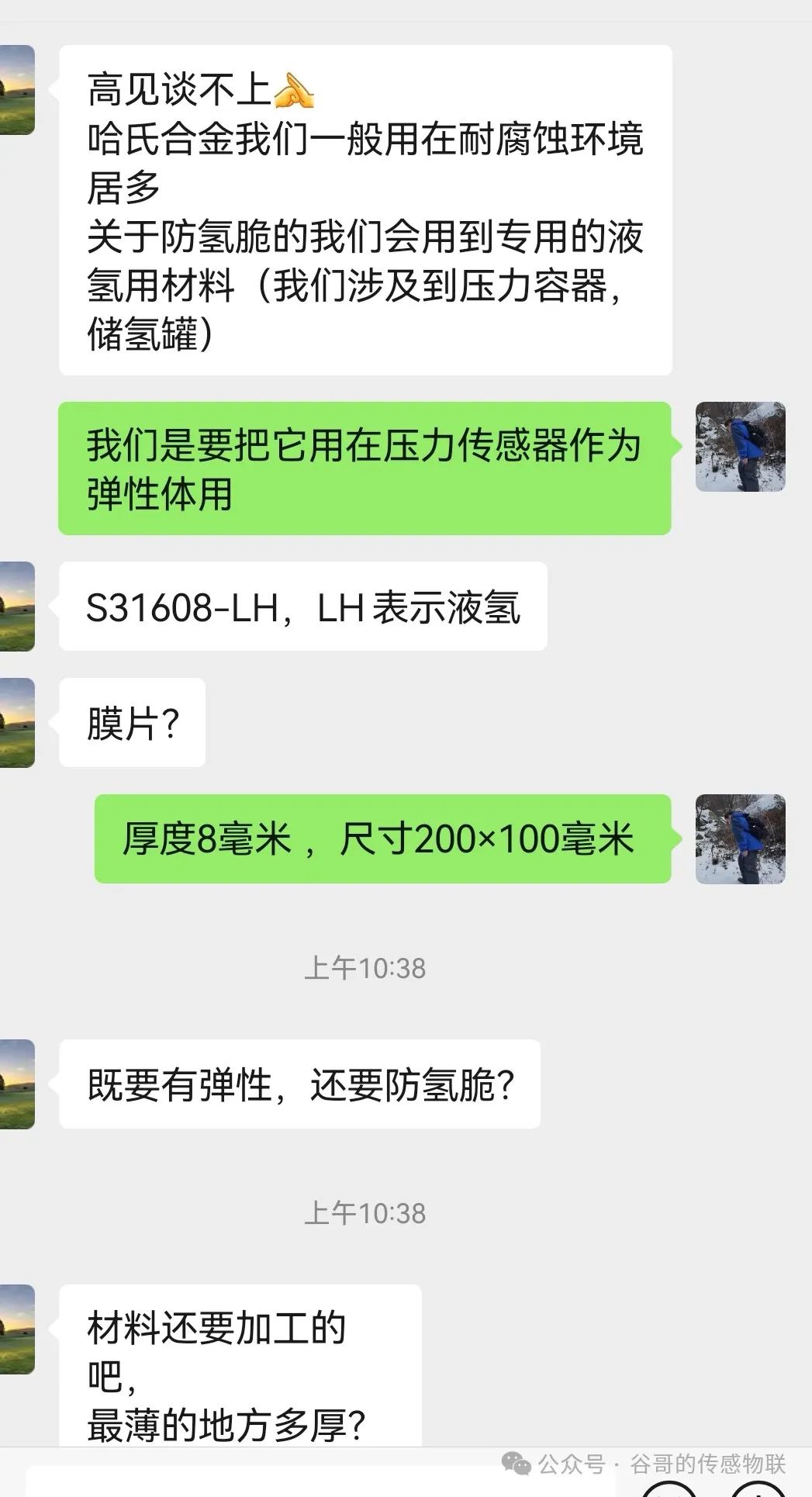
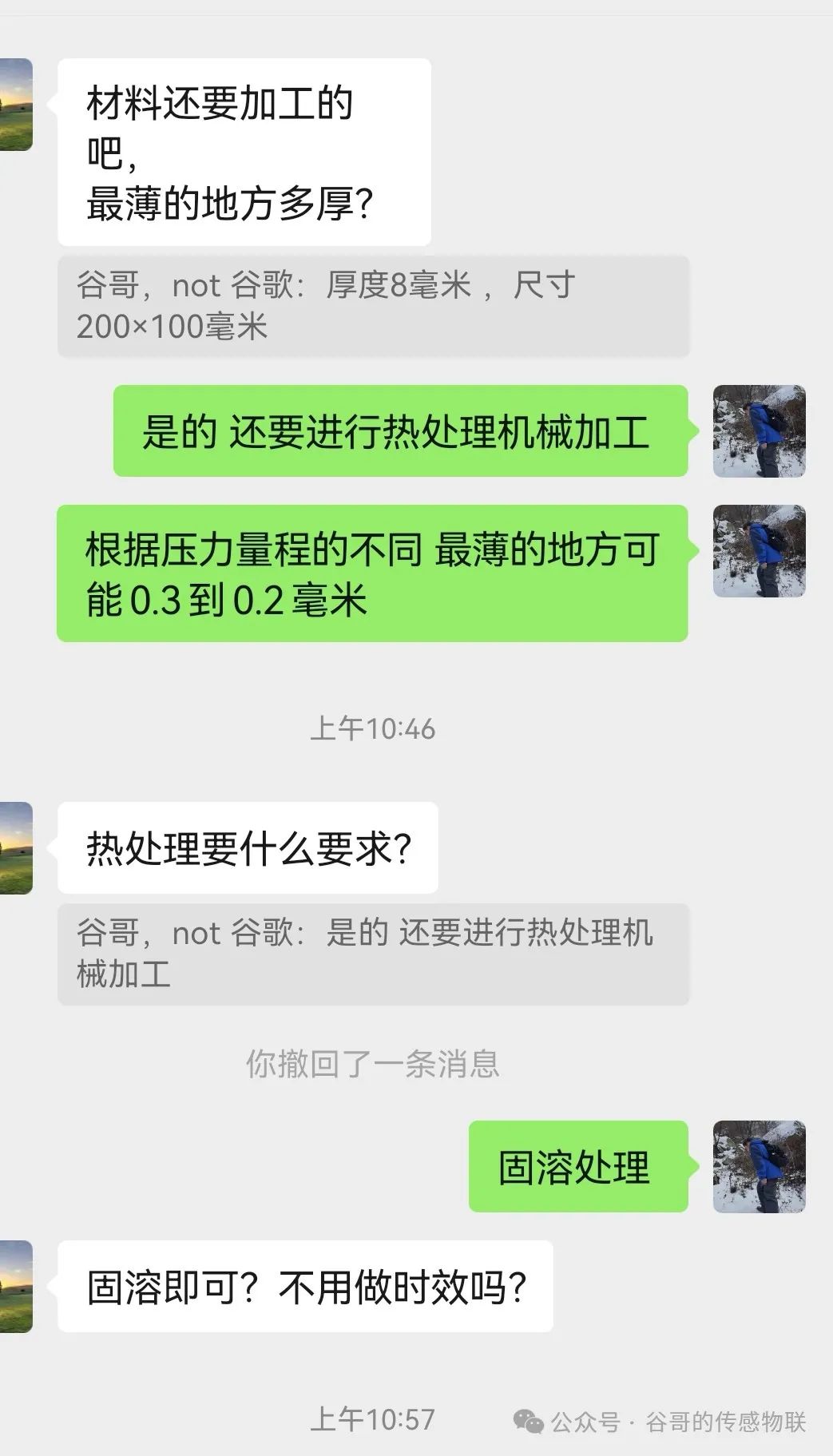
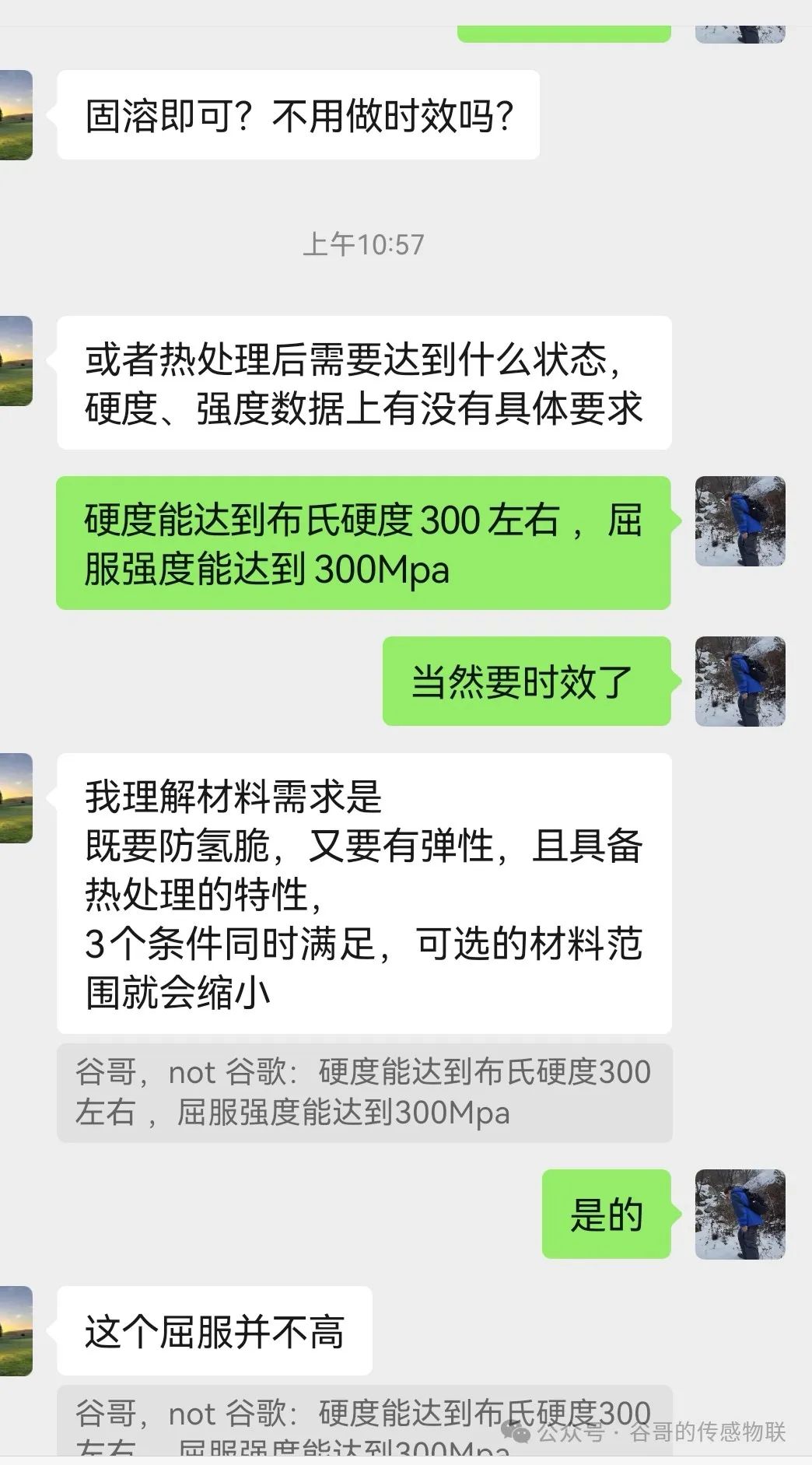
As an elastic material for pressure sensors, it must consider the consistency of its internal metallographic structure, machinability, and weldability, as well as corrosion resistance. More importantly, it must consider its yield strength, Young's modulus, Poisson's ratio, and hardness.
The mechanical properties of the 31608 LH recommended by experts need further study and communication.
Hastelloy alloys also have many requirements, including smelting components and the production process, to meet both the requirements of the sensor and the requirement to prevent "hydrogen embrittlement."
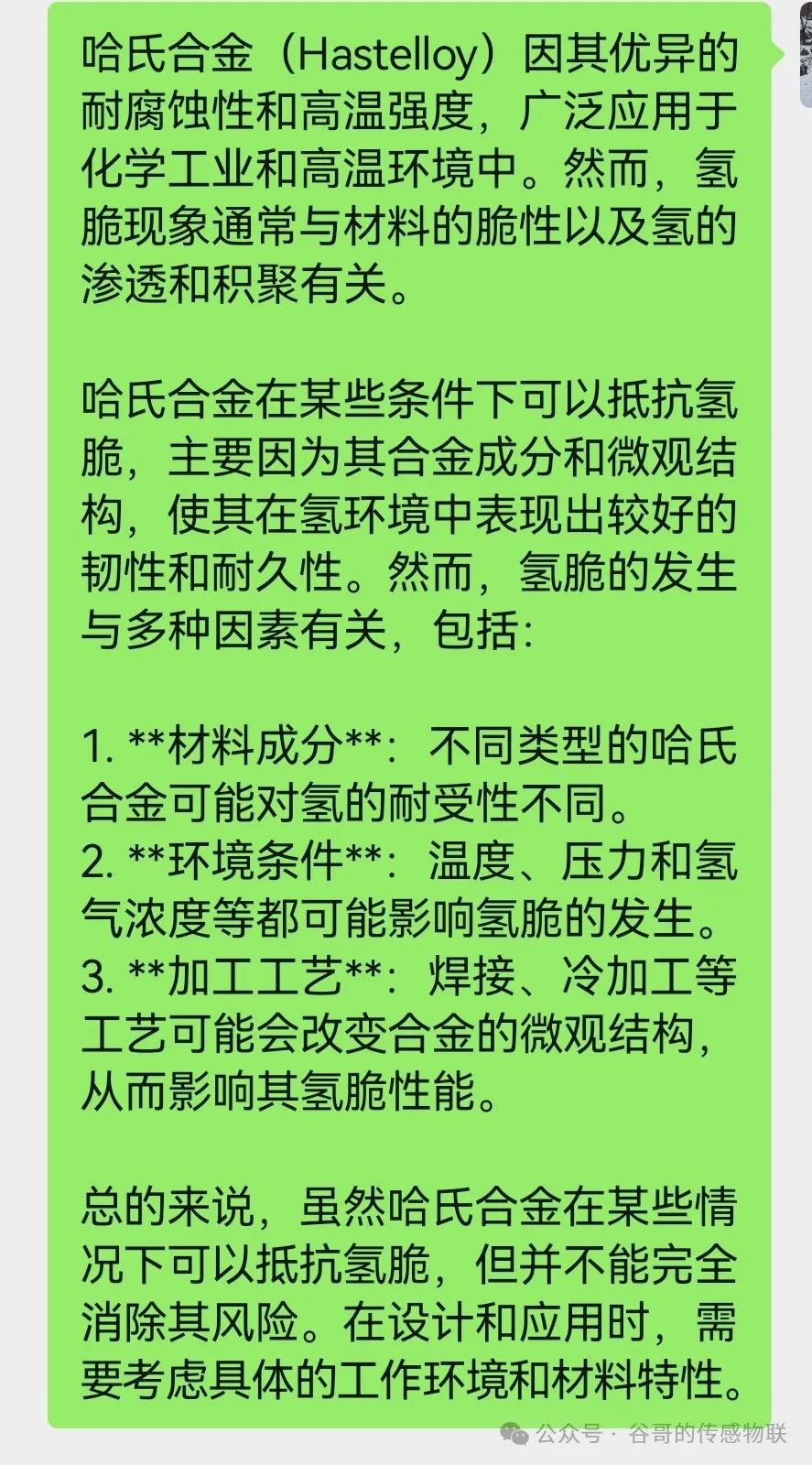
Innovation starts from the raw materials, and it is indeed challenging. This is especially true for our highly specialized pressure sensor industry.
The supply chain for a small pressure sensor is quite long. The materials at the front end are difficult to meet the design requirements, no matter how much we plead. At the back end, fully replacing imports involves certain risks and requires a trial-and-error process. There is also no large industrial scale or profit margin, truly like having a "river" to cross in front and a "mountain" to climb behind.
But this is what the customers need, what the country needs, and what "replacing imports" requires.
Suddenly, I remembered a quote from Chairman Mao, "The most beautiful scenery is at the peak of the perilous mountain."
#2024.10.11.15:03 Xianyang Airport Air China Lounge #
This problem will definitely be solved, but no one can give a definite answer in the short term. It's frustrating, but we can learn while waiting and wait while learning.
Looking forward to answers from colleagues or users!
#2024.10.11.18:01 Qingdao Airport #






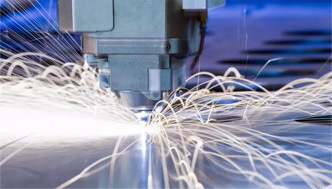




 Release Date:2024-10-12
Release Date:2024-10-12  Click on the quantity:622
Click on the quantity:622



